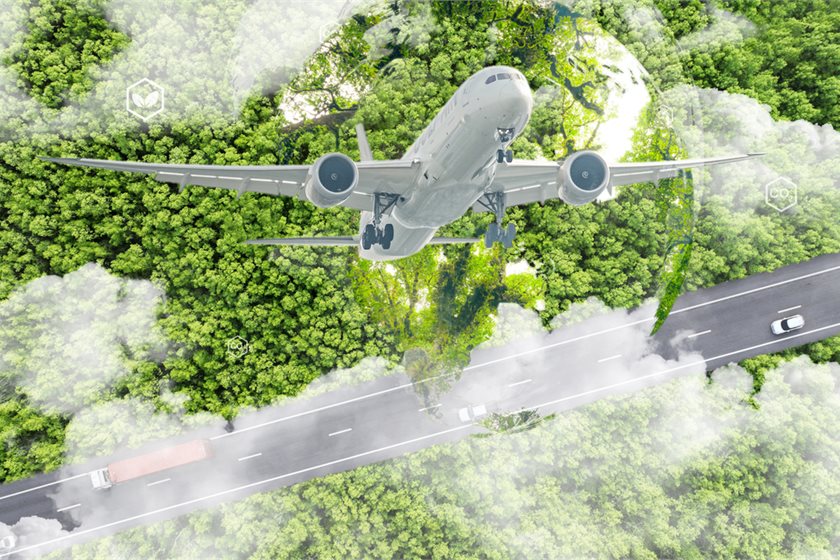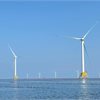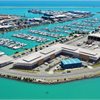Aviation sector’s climate claims unsupported by credible transition plans
18 Jun 2025

Media Release | New analysis finds over-reliance on Sustainable Aviation Fuel (SAF) and lack of investment in zero-emission tech, risking long-term decarbonisation failure.
Many airlines and manufacturers claim to be going green, pledging to make their aircraft fleets “100% SAF-compatible” in the coming years. But with SAF extremely limited in both supply and sustainability credentials, decarbonising aviation will require new forms of propulsion. New research from financial think-tank Carbon Tracker finds that major airlines and manufacturers are making minimal efforts to scale up these promising technologies.
Around 95% of SAF currently on the market comes from Hydroprocessed Esters & Fatty Acids (HEFA), which converts vegetable oils, animal fats, and used cooking oil into jet fuel. But with waste as its primary feedstock, supply is extremely limited and is being diverted from existing uses in other sectors: SAF production is expected to double this year but would still account for only .
Other forms of SAF are similarly problematic. Using crops instead of waste may help with the supply issue but it is unsustainable at scale, with significant impacts on habitat loss, biodiversity loss and ecosystems change. These biogenic forms of SAF also emit the same amount of CO2 at the tailpipe as traditional jet fuel. e-SAF, which fuses green hydrogen and captured carbon dioxide into synthetic hydrocarbons, is currently up to 7x times the price of fossil jet fuel and is expected to account for a tiny sliver of SAF supply for the foreseeable future.
Rich Collett-White, Carbon Tracker Analyst and report lead author, said: “Fossil fuel assets are being locked in on the promise of SAF, despite widespread concerns around feedstock availability, opportunity costs and their true lifecycle emissions. The emphasis on ‘SAF-compatible’ aircraft is to some extent being used to maintain a social licence to operate, in a similar way to the gas industry’s promotion of “hydrogen-ready boilers”.
Promising technology
While SAF has a role to play, it cannot deliver carbon-neutral aviation on its own. If aviation is to be genuinely decarbonised, companies will need to invest in new forms of propulsion, including electric propulsion, hydrogen gas propulsion and hybrid aircraft.
In particular, Carbon Tracker note cause for optimism around the technological potential for battery-electric aircraft. To date, the largest battery-electric aircraft can carry 2 crew and 9 passengers less than 500km. But with battery technology improving – and costs falling – rapidly, those range and capacity concerns are likely to reduce quickly, much as they have in the road transport sector.
Chinese manufacturer CATL is planning to launch an n 2027-2028, designed to fly 2,000-3,000km, while Dutch startup Elysian is developing a 90-seater electric aircraft with a planned range of up to 1,000km. The latter would allow zero emission flights from London to destinations such as San Sebastien, Venice, Berlin or Copenhagen.
Inadequate efforts from industry
Yet major airlines and manufacturers are making minimal efforts to adopt these promising technologies. Neither Airbus nor Boeing have any firm orders for new propulsion aircraft. And with over 14,000 conventional aircraft already on their order books, they currently have little incentive to transition away from their core business. This compares with just 763 firm orders for new propulsion aircraft across the entire industry from 2021-24.
Airbus had initially set 2035 as a deadline for launching its short-range hydrogen aircraft but this has now been pushed back, reportedly by up to 10 years and with a budget cut of 25%. Additionally, Airbus had been aiming to launch a new hybrid aircraft by 2030, but this has now been pushed back to around 2035 and the intended reduction in fuel burn has been weakened.
Major airlines are similarly making very limited efforts to support zero emission aircraft. IAG, Air France-KLM, and Lufthansa have yet to place a single order for a new propulsion aircraft. Across the industry over 12x as many conventional aircraft were ordered in 2024 as new propulsion aircraft.
Air France-KLM, for example, is a member of the Alliance for Zero Emission Aviation but does not appear to have set any concrete targets. The company is aiming to operate up to 80% “new generation” aircraft by 2030, but this merely refers aircraft. And while it states that it is conducting R&D into electric flight, the scale of this investment is undisclosed.
A key role for policymakers and investors
Given the inadequacies of the sector’s current response – a reliance on fuels that cannot be sufficiently scaled and with questionable sustainability credentials, coupled with a market for zero emission aircraft still in its infancy – there is a key role for policymakers and investors to drive ambition within the sector, say Carbon Tracker.
Yet policies to date have been focused almost exclusively on supporting SAF production. At both the EU level and in the UK, mandates on fuel suppliers to provide a growing share of fuel from SAF have come into force this year. In January UK Chancellor Rachel Reeves announced £63m of investment from the government in sustainable aviation fuel (SAF) projects.
Report co-author Saidrasul Ashrafkhanov said: “Focussing excessively on SAF risks taking the sector down a dead end. Investors should call for more granular breakdowns of manufacturers’ capex and R&D spend to date and encourage a higher share of spending to be allocated to zero-emission flight.”
“Policymakers, meanwhile, should consider what more support is need to drive genuinely scalable decarbonisation in aviation, potentially in the form of grants or zero-emission aircraft mandates, similar to those used for EVs.”
print this story










